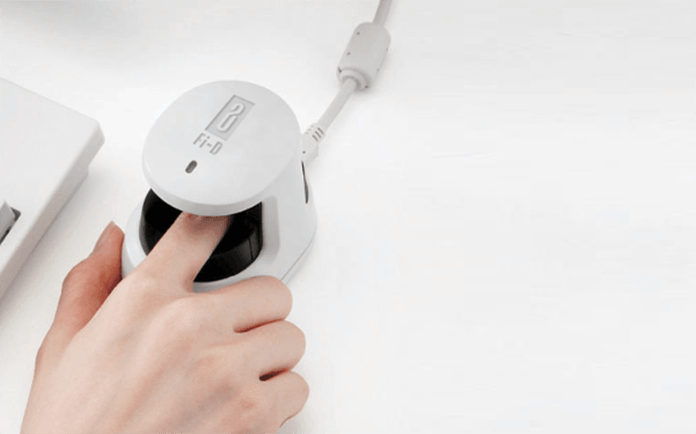Currently, a credit card is used to make payments of anything anywhere. It is a small plastic card issued by a bank, building society, etc. It allows the holder to purchase goods or services on credit. It is considered as a quick, secure and easy option of making payment. But, a new technology is developed which may let you forget your credit card. The new technology makes payments through your finger. Although, it takes a long time to come but finally becomes reality. This novel technology is known as FingoPay and is develop by a UK-based start-up.
Fingopay uses a biometric reader to scan the veins of a shopper’s finger. It’s systolic information to recognize the individual. This pattern is connected with a credit card or bank account to allow shoppers to pay. This is done by simply placing their finger in a pocket-sized scanner, doing away with cash and credit cards. This is recognized using near infrared light.
The technology FingoPay will use to boost waiting times at the bar/shop by felling on cards and by being able to suggest drinks based on what a patron has previously ordered.
Nick Dryden, the founder of the start-up Sthaler, who developed the technology, said, “McDonald’s is also experimenting with a pilot of the technology. The chance that two people have the same vein structure is 3.4 billion-to-one, making it virtually impossible to crack.”
Read Also: Hack Proof RFID Chip to Improve Security of Credit Cards
The advantage of this technology is, it means the person has to be there. There is no fingerprint lifting, removing of digits or any other nefarious method that will work as this uses the living pulse of a person to verify it’s them.
Mike Philpotts, Innovation Partner – Authentication, Visa Europe Collab says: “By testing this technology in a controlled environment, we hope to better understand the practicality, usability and ultimately, the commercial potential for its implementation.”
